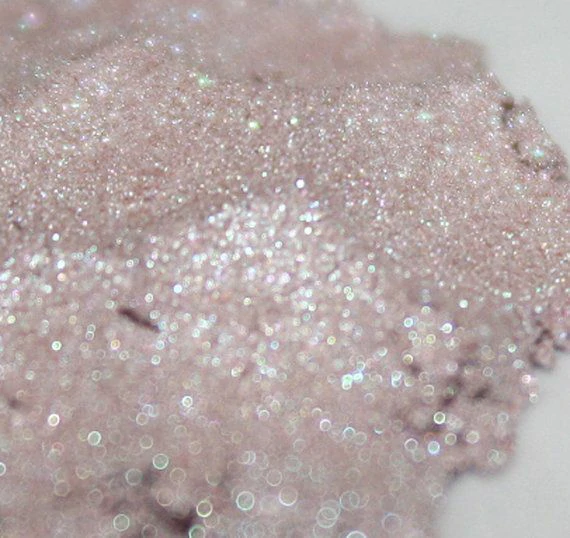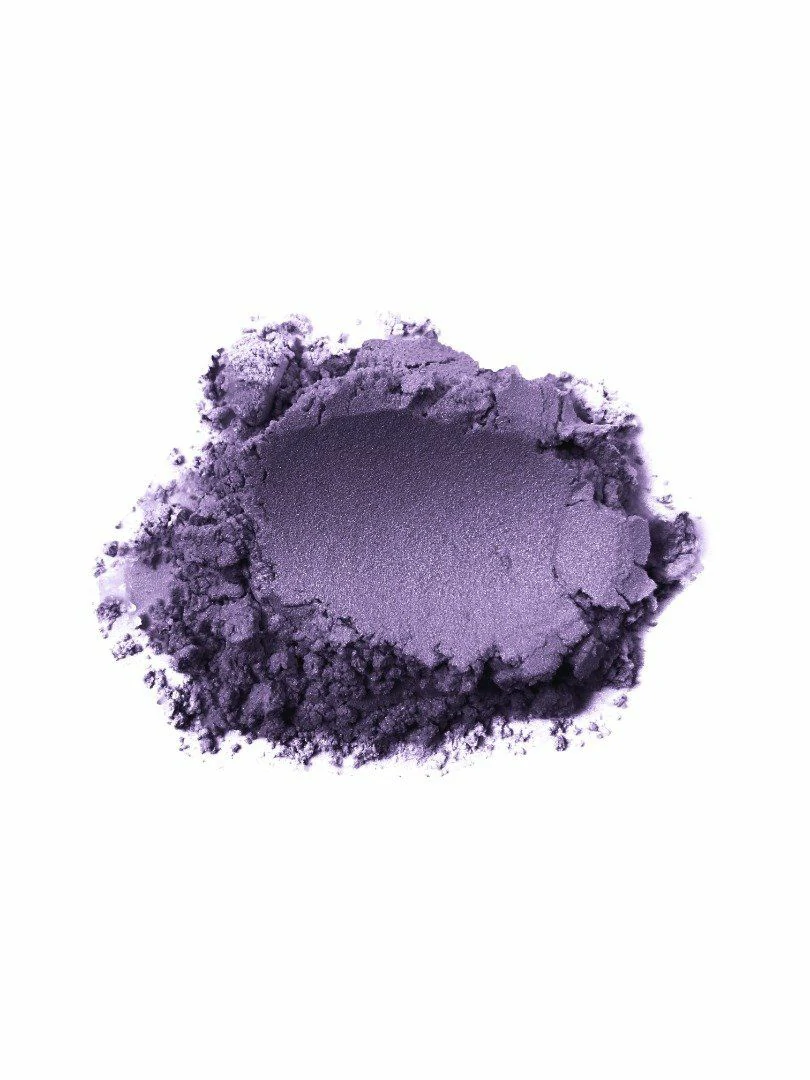Characteristics and Uses of Graphite Powder
Introduction
Graphite powder is a unique form of carbon that possesses several distinctive characteristics, making it widely used in various industries and applications. In this article, we will explore the characteristics of graphite powder and its diverse range of uses.
Characteristics of Graphite Powder
1. Lubricating Properties: One of the primary characteristics of graphite powder is its exceptional lubricating properties. Due to its layered structure, graphite’s individual layers can easily slide over one another, reducing friction and providing excellent lubrication. This property makes graphite powder an ideal choice for applications where low friction and high lubrication are required, such as in engine oils and greases.
2. Thermal Conductivity: Graphite powder exhibits outstanding thermal conductivity, allowing it to effectively dissipate heat. This characteristic makes it highly desirable in industries such as electronics, where efficient heat dissipation is crucial for preventing overheating and ensuring optimal performance of electronic devices.
3. Electrical Conductivity: Another significant characteristic of graphite powder is its excellent electrical conductivity. The delocalized electrons within the carbon layers allow for the efficient transportation of electric charge. This property makes graphite powder suitable for various electrical applications, including electrodes, battery components, and conductive coatings.
4. Chemical Stability: Graphite powder is chemically stable under normal conditions, making it resistant to most acids, alkalis, and organic solvents. This stability enables its use in harsh environments and chemical processes without the risk of degradation or corrosion. The chemical stability of graphite powder also contributes to its extensive utilization in industries such as metallurgy and chemical engineering.
5. High Temperature Resistance: Graphite powder can withstand high temperatures without undergoing significant structural changes. It has an impressive melting point of 3650°C (6602°F), making it one of the most heat-resistant materials. As a result, graphite powder finds application in industries that involve high-temperature processes, such as refractories, crucibles, and high-temperature lubricants.
Uses of Graphite Powder
1. Batteries: Graphite powder is commonly used in the production of batteries, particularly lithium-ion batteries. It serves as a vital component in the anode, facilitating the efficient storage and release of electrical energy. The high electrical conductivity and stability of graphite powder make it an ideal material for this application.
2. Casting and Foundry: Graphite powder is extensively employed in the casting and foundry industry. It is added to molding sand to improve its refractory properties, preventing the metal from sticking to the mold during the casting process. Graphite powder also enhances the thermal conductivity of the mold, aiding in the solidification of the molten metal.
3. Lubricants and Greases: Due to its exceptional lubricating properties, graphite powder is widely used in the manufacturing of lubricants and greases. It reduces friction and wear between moving parts, ensuring smooth operation and extending the lifespan of machines and equipment.
4. 3D Printing: Graphite powder can be used as a raw material for 3D printing due to its electrically conductive nature. It is employed in the production of conductive components, such as sensors, circuits, and electrodes.
Conclusion
Graphite powder possesses remarkable characteristics that make it a versatile material in various industries. Its lubricating properties, thermal conductivity, electrical conductivity, chemical stability, and high-temperature resistance contribute to its widespread use in applications ranging from batteries and casting to lubricants and 3D printing. As technology continues to advance, the demand for graphite powder is expected to increase, driving further research and innovation in its applications and potential uses.
.webp)



